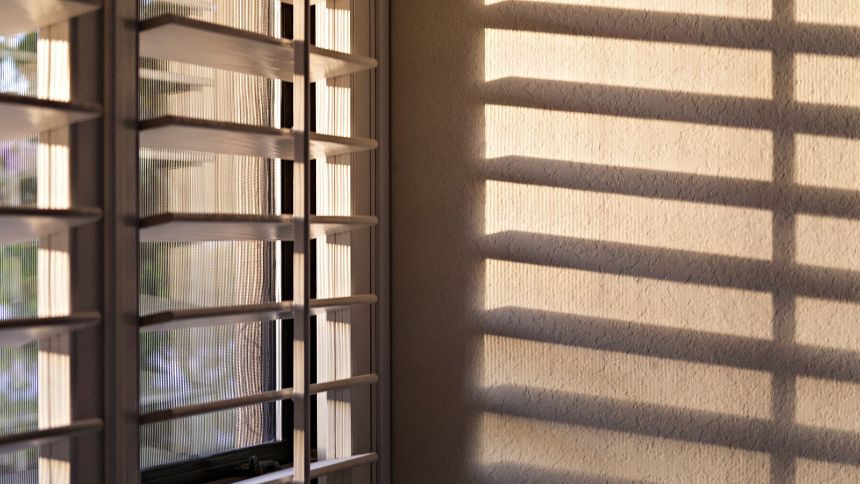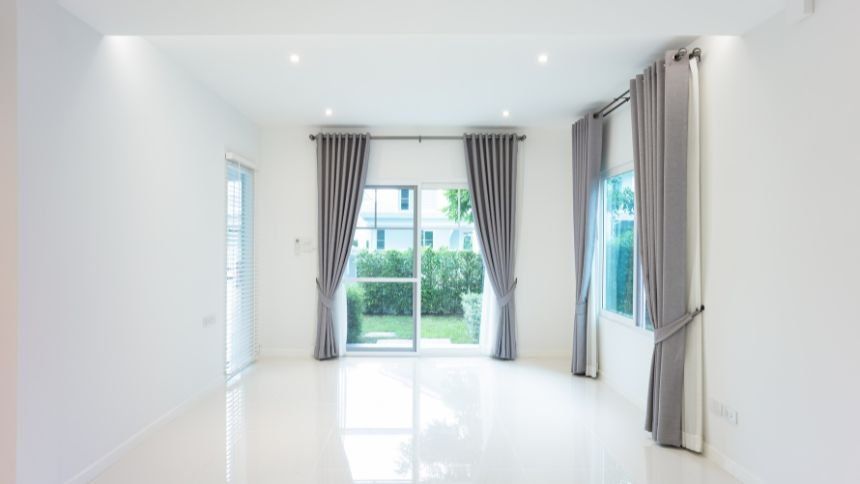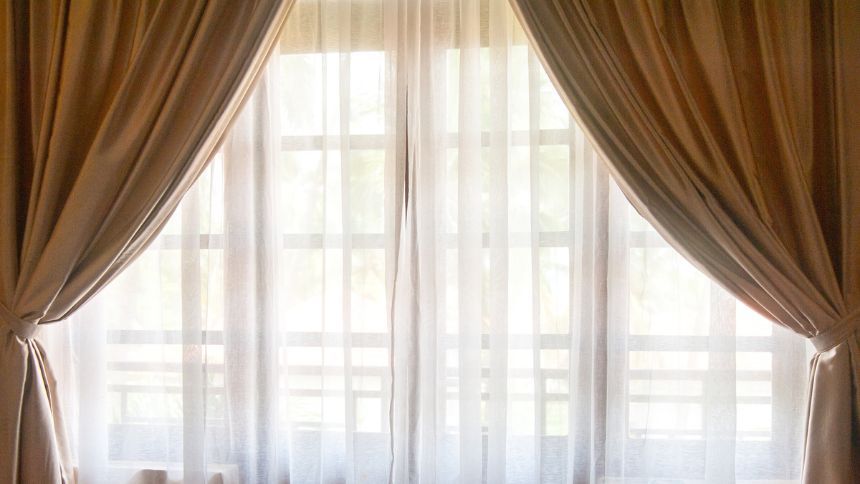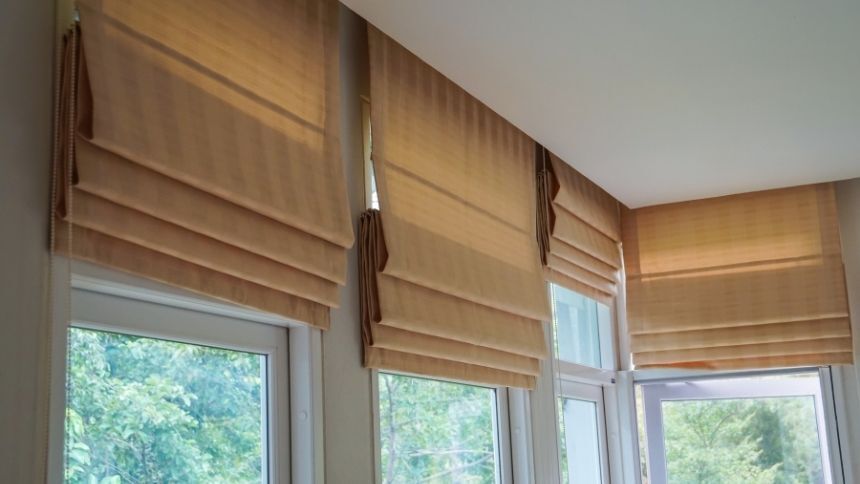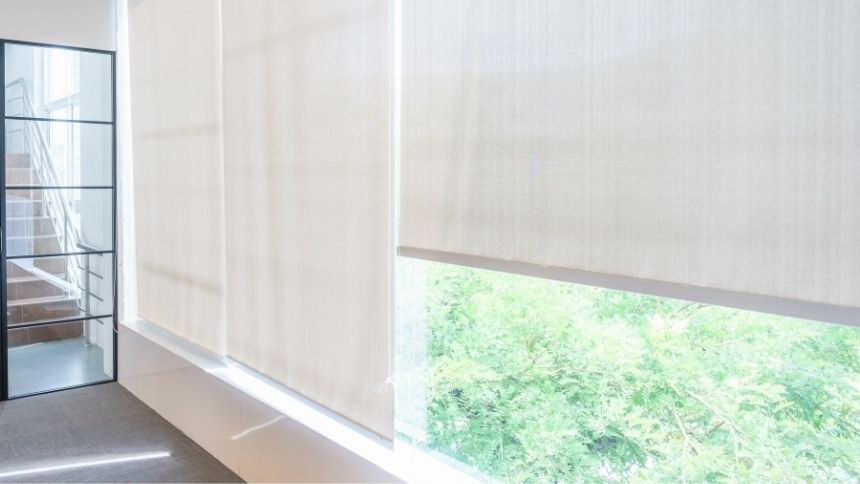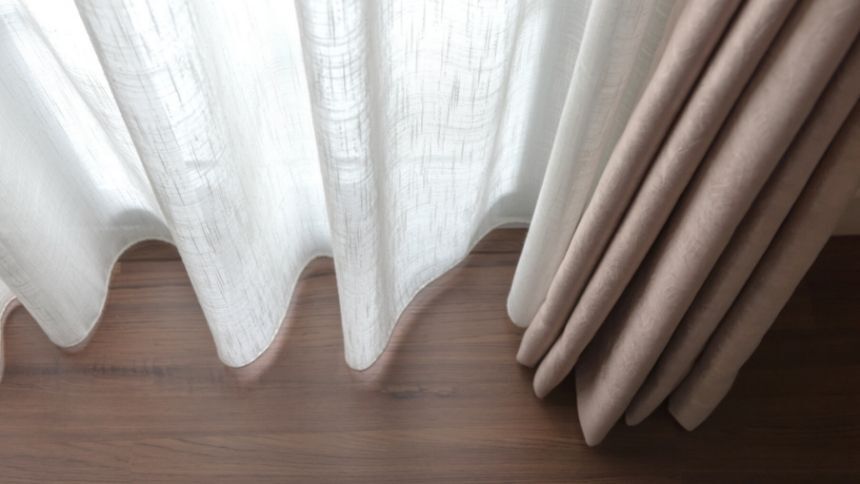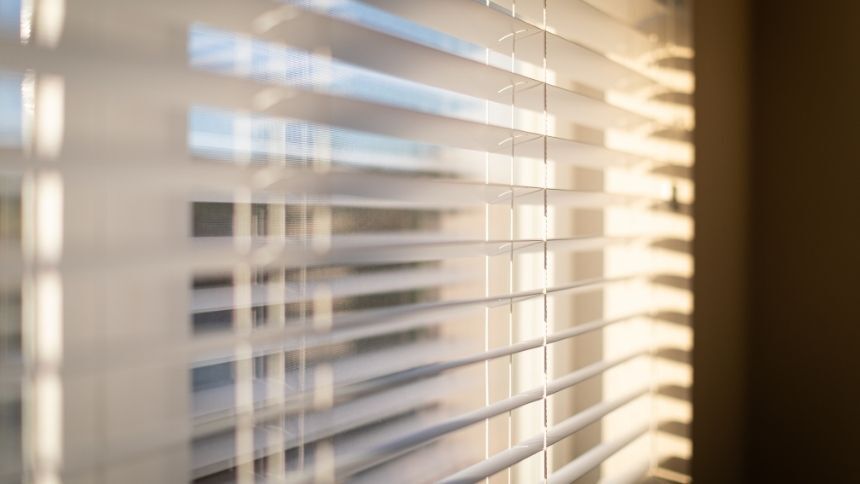Five Energy Considerations in Choosing Blinds
Site Administrator • June 24, 2019
The American blind and shade manufacturing industry grew by about 2% between 2013 to 2018. Among the choices offered by the window treatment industry are blinds, cellular shades, draperies and curtains, and roman shades. There is a lot of variety even within each of these product lines. For example, in choosing blinds, a homeowner must choose between vertical or horizontal as well as the color and material of the blinds. While these decisions could be made on aesthetics, interior design, or personal choice, there are also differences in the energy savings from various types of blinds. Here are five energy considerations in selecting the right blinds:

Horizontal or Vertical
During the summer, window treatments save energy by blocking sunlight from heating a room. During the winter, window treatments save energy by blocking warm air inside a room from escaping through the windows. Generally, blinds are more effective
at preventing summer solar gain than winter heat loss. The reason is that the gaps between the slats allow air to circulate around the blinds, thereby allowing warm air inside a room to be cooled by air between the blinds and window. For this reason, horizontal and vertical blinds perform almost exactly the same during winter.
However, during summer, vertical are much better than horizontal at reflecting and redirecting sunlight from a home rather than allowing that sunlight to warm the interior of the home. The reason is that as the sun moves overhead, it will reach an angle that will allow sunlight to peer between slats
of horizontal blinds, whereas vertical slats do not have horizontal gaps to allow sunlight in.
Color
When choosing blinds, another consideration is the color of the slats. Generally, light or neutral colors will reflect light and without absorbing heat. Conversely, dark colors tend to absorb heat and light rather than reflecting it. Thus, aside from interior design considerations, dark blinds will tend to heat a room while light blinds will tend to keep a room cool.
Material
Blinds are typically made from aluminum, wood, fabric, or vinyl. Aluminum tends to reflect
sunlight rather than absorbing solar heat. Vinyl, on the other hand, tends to absorb solar heat and is less efficient at reflecting sunlight than aluminum. Fabric and wood blinds can reflect sunlight almost as well as aluminum when they are white in color and tend to absorb less solar energy than vinyl.
Use
In choosing blinds, how they are used will tend to influence how energy efficient they are. Blinds are most effective during summer when they are closed or opened at an angle to reflect sunlight out of a room or toward the ceiling. During winter, blinds are most effective when they are opened during daylight hours and closed during the night. In this respect, vertical blinds tend to be more forgiving than horizontal blinds since vertical blinds are less likely to need adjusting during the day to keep the sunlight out in summer and sunlight in during winter.
Geography
Choosing blinds can also be influenced by geography
and the orientation of the home. Specifically, a homeowner must consider whether geography and the orientation of the home makes it more prone to solar gain due to being located in a warmer climate or having more exposure to the south or west, heat loss due to being located in a cooler climate or having more exposure to the north or east, or both due to being located in a moderate climate. For homes in warmer climates where heat loss is less of a concern than solar gain, light or neutral colored blinds made from wood, fabric, or aluminum may be preferable. On the other hand, homes located in cooler climates where heat loss is a more important consideration than solar gain, darker blinds made from vinyl may be preferable.
In sum, the energy efficiency of blinds can be influenced by the type, color, and material. Moreover, the function, namely whether they are needed to prevent solar gain, reduce heat loss, or both, can also influence which type, color, and material will work best. However, these considerations are strictly functional and other considerations, such as a color scheme and design theme may also play a part in the selection.
How Interior Shutters Lower Your Energy Bills
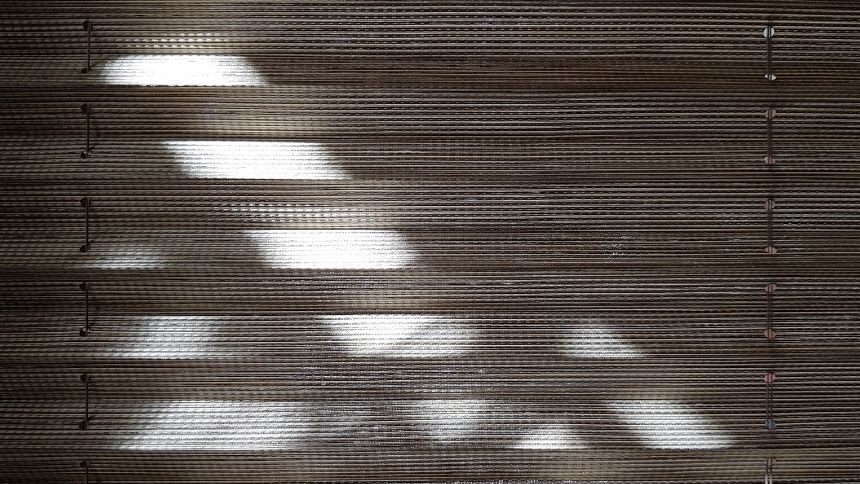
People have many options when it comes to shades. You might be looking for a specific style or want to control the amount of light that comes in. No matter what you’re looking for, there are good reasons to choose woven wood shades that you may not have considered. A Natural Feel The best feature about woven wood shades is the sense of nature they bring to your home. Because NorthShore creates each blind from natural materials, there's a unique sense of earthiness in them that goes well with any décor. Having a few plants in the same room with your new shades will make the entire room brim with the comforts of the outdoors. Eco-Friendly Another reason to choose woven wood shades is their positive impact on the environment. As previously mentioned, these custom window shades come from natural materials, so they look wonderful and are good for the planet. You can rest easy in your living space knowing you're doing right by the Earth. Easy To Manage Woven wood shades are some of the most accessible shades to work with. Installing them is a breeze once you slide the headrail into the window frame. Woven wood is easy to clean with a vacuum brush, but we recommend not spraying them with cleaner, as that could warp the wood. Lots of Customization Woven wood shades come in various colors and varieties that best fit your living needs. One significant advantage is that light-blocking screens are easy to attach and remove from your new shades, giving you complete control of how much light comes through. Woven shades are the best way to go from being easy to install, benefit the planet, and offer a sense of comfort and customization that fits all needs. Here at NorthShore Window Treatments, we have all the window shades for your home. We can help you get the products you need at a price you’ll love.


